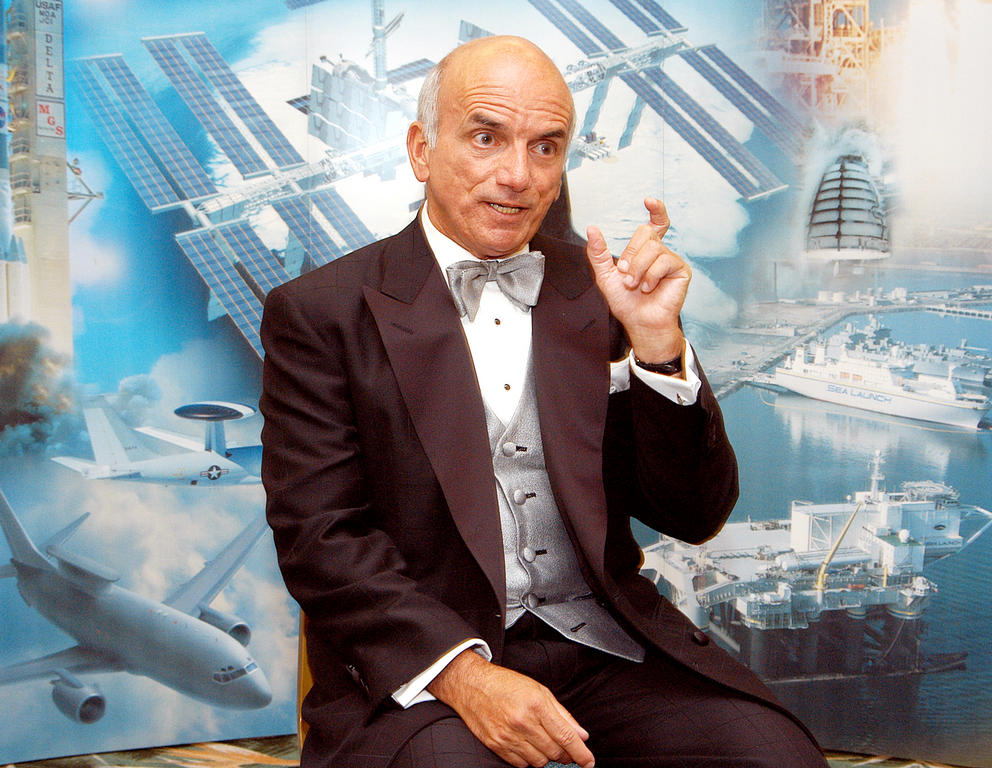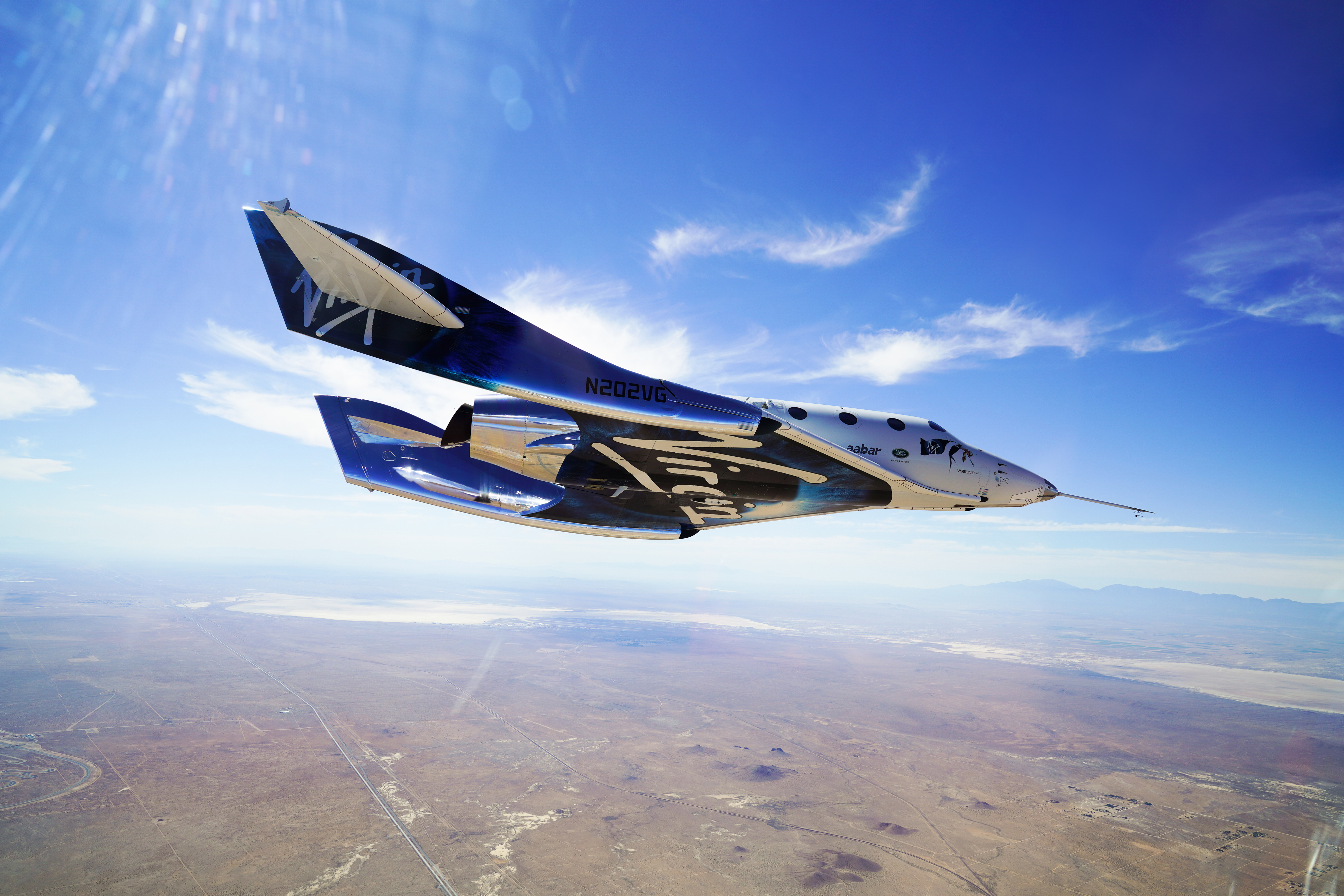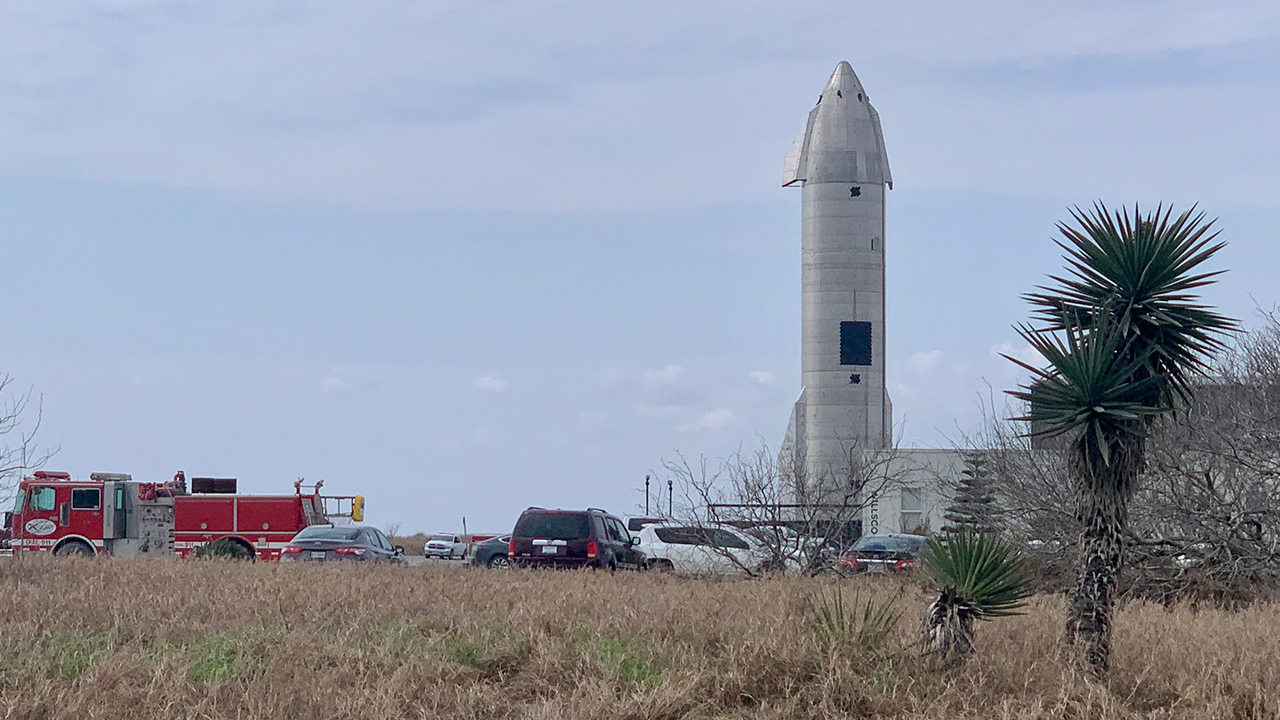Space tourism, 20 years in the making, is finally ready for launch


This article was originally published at The Conversation. The publication contributed the article to Space.com's Expert Voices: Op-Ed & Insights.
For most people, getting to the stars is nothing more than a dream. On April 28, 2001, Dennis Tito achieved that lifelong goal — but he wasn't a typical astronaut. Tito, a wealthy businessman, paid US$20 million for a seat on a Russian Soyuz spacecraft to be the first tourist to visit the International Space Station. Only seven people have followed suit in the 20 years since, but that number is poised to double in the next 12 months alone.
NASA has long been hesitant to play host to space tourists, so Russia — looking for sources of money post-Cold War in the 1990s and 2000s — has been the only option available for those looking for this kind of extreme adventure. However, it seems the rise of private space companies is going to make it easier for regular people to experience space.
From my perspective as a space policy analyst, I see the beginning of an era in which more people can experience space. With companies like SpaceX and Blue Origin hoping to build a future for humanity in space, space tourism is a way to demonstrate both the safety and reliability of space travel to the general public.
Related: Virgin Galactic says it will launch Richard Branson to space on July 11
The development of space tourism
Flights to space like Dennis Tito's are expensive for a reason. A rocket must burn a lot of costly fuel to travel high and fast enough to enter Earth's orbit.
Another cheaper possibility is a suborbital launch, with the rocket going high enough to reach the edge of space and coming right back down. While passengers on a suborbital trip experience weightlessness and incredible views, these launches are more accessible.
Breaking space news, the latest updates on rocket launches, skywatching events and more!
The difficulty and expense of either option has meant that, traditionally, only nation-states have been able to explore space. This began to change in the 1990s as a series of entrepreneurs entered the space arena. Three companies led by billionaire CEOs have emerged as the major players: Virgin Galactic, Blue Origin and SpaceX. Though none have taken paying, private customers to space, all anticipate doing so in the very near future.
British billionaire Richard Branson has built his brand on not just business but also his love of adventure. In pursuing space tourism, Branson has brought both of those to bear. He established Virgin Galactic after buying SpaceShipOne - a company that won the Ansari X-Prize by building the first reusable spaceship. Since then, Virgin Galactic has sought to design, build and fly a larger SpaceShipTwo that can carry up to six passengers in a suborbital flight.
The going has been harder than anticipated. While Branson predicted opening the business to tourists in 2009, Virgin Galactic has encountered some significant hurdles — including the death of a pilot in a crash in 2014. After the crash, engineers found significant problems with the design of the vehicle, which required modifications.
Elon Musk and Jeff Bezos, respective leaders of SpaceX and Blue Origin, began their own ventures in the early 2000s.
Musk, fearing that a catastrophe of some sort could leave Earth uninhabitable, was frustrated at the lack of progress in making humanity a multiplanetary species. He founded SpaceX in 2002 with the goal of first developing reusable launch technology to decrease the cost of getting to space. Since then, SpaceX has found success with its Falcon 9 rocket and Dragon spacecraft. SpaceX's ultimate goal is human settlement of Mars — sending paying customers to space is an intermediate step. Musk says he hopes to show that space travel can be done easily and that tourism might provide a revenue stream to support development of the larger, Mars-focused Starship system.
Bezos, inspired by the vision of physicist Gerard O'Neill, wants to expand humanity and industry not to Mars, but to space itself. Blue Origin, established in 2004, has proceeded slowly and quietly in also developing reusable rockets. Its New Shepard rocket, first successfully flown in 2015, will eventually offer tourists a suborbital trip to the edge of space, similar to Virgin Galactic's. For Bezos, these launches represent an effort at making space travel routine, reliable and accessible to people as a first step to enabling further space exploration.
Outlook for the future
Now, SpaceX is the only option for someone looking to go into space and orbit the Earth. It currently has two tourist launches planned. The first is scheduled for as early as September 2021, funded by billionaire businessman Jared Isaacman. The other trip, planned for 2022, is being organized by Axiom Space. These trips will be costly, at $55 million for the flight and a stay on the International Space Station. The high cost has led some to warn that space tourism — and private access to space more broadly — might reinforce inequality between rich and poor.
Blue Origin's and Virgin Galactic's suborbital trips are far more reasonable in cost, with both priced between $200,000 and $250,000. Blue Origin appears to be the nearest to allowing paying customers on board, saying after a recent launch that crewed missions would be happening "soon." Virgin Galactic continues to test SpaceShipTwo, but no specific timetable has been announced for tourist flights.
Though these prices are high, it is worth considering that Dennis Tito's $20 million ticket in 2001 could pay for 100 flights on Blue Origin soon. The experience of viewing the Earth from space, though, may prove to be priceless for a whole new generation of space explorers.
This article is republished from The Conversation under a Creative Commons license. Read the original article.
Follow all of the Expert Voices issues and debates — and become part of the discussion — on Facebook and Twitter. The views expressed are those of the author and do not necessarily reflect the views of the publisher.

I received a BA in political science (summa cum laude and university honors) and an MA in political science from the University of Central Florida. I received a Ph.D. in political science from the University of Florida where my research focused on the intersection of political institutions and public policy. I have authored several books including Unbroken Government: Success and Failure in Policymaking (Palgrave Macmillan, 2013), The Politics of Cancer: Malignant Indifference (Praeger, 2017), and The CQ Press Career Guide for Political Science Students (CQ Press, 2017). My research has also appeared in journals including Congress and the Presidency, Space Policy, and the Journal of Political Science Education. I am currently professor of strategy and security studies at the US Air Force's School of Advanced Air and Space Studies, a selective graduate program for Air Force officers. Prior to my current position, I was associate professor of political science at Cameron University in Lawton, Oklahoma.



